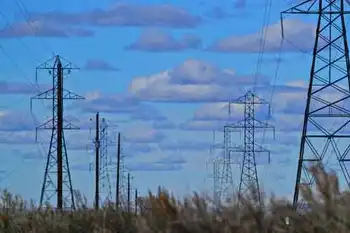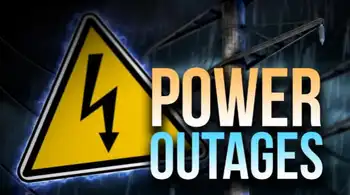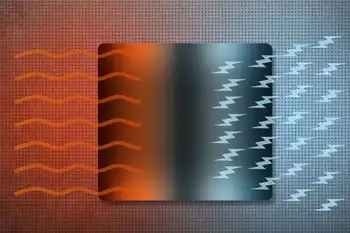Honda Accelerates Electric Vehicle Push with Massive Investment in Ontario

CSA Z463 Electrical Maintenance -
Our customized live online or in‑person group training can be delivered to your staff at your location.

- Live Online
- 6 hours Instructor-led
- Group Training Available
Honda Ontario EV Investment accelerates electric vehicle manufacturing in Canada, adding a battery plant, EV assembly capacity, clean energy supply chains, government subsidies, and thousands of jobs to expand North American production and innovation.
Key Points
The Honda Ontario EV Investment is a $18.4B plan for EV assembly and battery production, jobs, and clean growth.
✅ $18.4B for EV assembly and large-scale battery production
✅ Thousands of Ontario manufacturing jobs and supply chain growth
✅ Backed by Canadian subsidies to accelerate clean transportation
The automotive industry in Ontario is on the verge of a significant transformation amid an EV jobs boom across the province, as Honda announces plans to build a new electric vehicle (EV) assembly plant and a large-scale battery production facility in the province. According to several sources, Honda is prepared to invest an estimated $18.4 billion in this initiative, signalling a major commitment to accelerating the automaker's shift towards electrification.
Expanding Ontario's EV Ecosystem
This exciting new investment from Honda builds upon the growing momentum of electric vehicle development in Ontario. The province is already home to a burgeoning EV manufacturing ecosystem, with automakers like Stellantis and General Motors investing heavily in retooling existing plants for EV production, including GM's $1B Ontario EV plant in the province. Honda's new facilities will significantly expand Ontario's role in the North American electric vehicle market.
Canadian Government Supports Clean Vehicles
The Canadian government has been actively encouraging the transition to cleaner transportation by offering generous subsidies to bolster EV manufacturing and adoption, exemplified by the Ford Oakville upgrade that received $500M in support. These incentives have been instrumental in attracting major investments from automotive giants like Honda and solidifying Canada's position as a global leader in EV technology.
Thousands of New Jobs
Honda's investment is not only excellent news for the Canadian economy but also promises to create thousands of new jobs in Ontario, boosting the province's manufacturing sector. The presence of a significant EV and battery production hub will attract a skilled workforce, as seen with a Niagara Region battery plant that is bolstering the region's EV future, and likely lead to the creation of related businesses and industries that support the EV supply chain.
Details of the Plan
While the specific location of the proposed Honda plants has not yet been confirmed, sources indicate that the facilities will likely be built in Southwestern Ontario, near Ford's Oakville EV program and other established sites. Honda's existing assembly plant in Alliston will be converted to produce hybrid models as part of the company's broader plan to electrify its lineup.
Honda's Global EV Ambitions
This substantial investment in Canada aligns with Honda's global commitment to electrifying its vehicle offerings. The company has set ambitious goals to phase out traditional gasoline-powered cars and achieve net-zero carbon emissions by 2040. Honda aims to expand EV production in North America to meet growing consumer demand and deepen Canada-U.S. collaboration in the EV industry.
The Future of Transportation
Honda's announcement signifies a turning point for the automotive landscape in Canada. This major investment reinforces the shift toward electric vehicles as an inevitable future, with EV assembly deals putting Canada in the race as well. The move highlights Canada's dedication to fostering a sustainable, clean-energy economy while establishing a robust automotive manufacturing industry for the 21st century.











